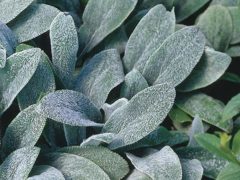
lamb’s ear
Stachys byzantina
Soft, thick, woolly silver foliage stays low to the ground. 12-15″ flower stalks emerge in … Continued
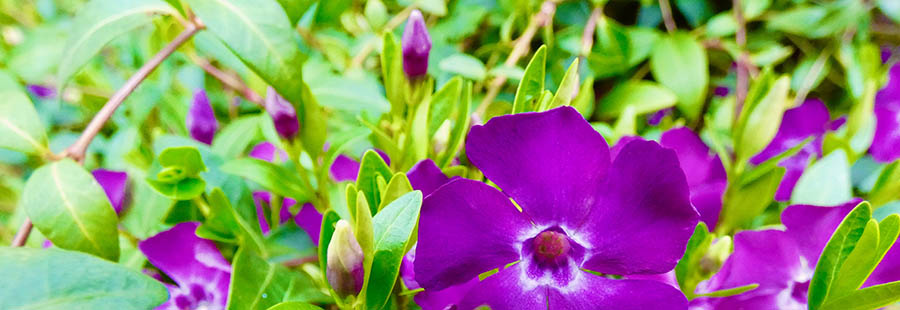
These low-growing plants will spread and require minimal maintenance. Living mulch also provides “soft landings” for insects that overwinter and lay eggs in tree canopies, an essential part of the native food web.
Shrubs, grasses and clumping perennials can also be used as a ground cover when planted in mass. For example, daylilies can be used to cover large expanses or slopes. Some shrubs like Japanese garden juniper or variegated glossy abelia can serve this function, as well as ornamental grasses or self-seeding annuals.
To create the ultimate soft landing for wildlife use native plants and consider combinations of plants rather than a monoculture.
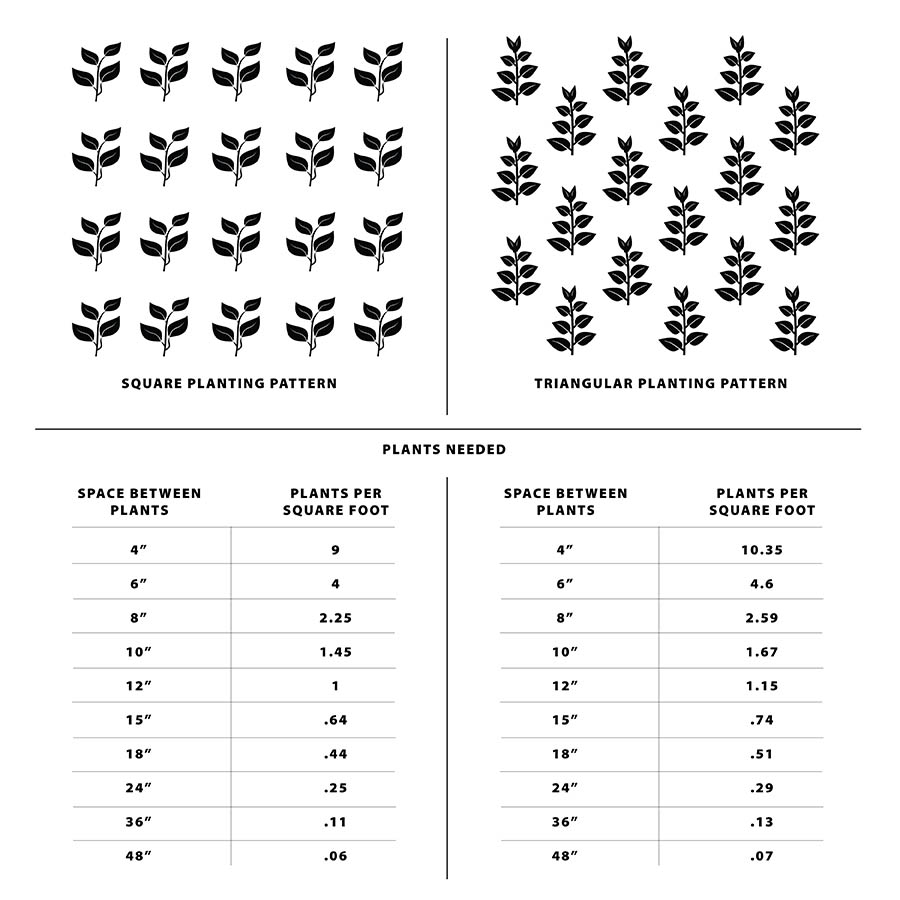
To figure the number of plants needed for your project, multiply the square footage of the bed by the spacing multiplier. Choose spacing based on how fast you want to cover the area and/or the mature width of the plant selected.

Stachys byzantina
Soft, thick, woolly silver foliage stays low to the ground. 12-15″ flower stalks emerge in … Continued
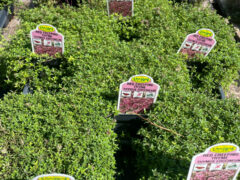
Thymus species
Culinary Thymes English thyme/common thyme (Thymus vulgaris) is the most popular variety of culinary thyme, … Continued
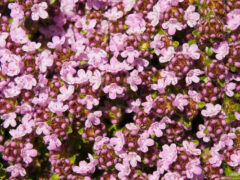
Thymus serpyllum 'Magic Carpet'
Floriferous and aromatic, this low-growing ground cover magically transforms any landscape into a fairy garden. … Continued
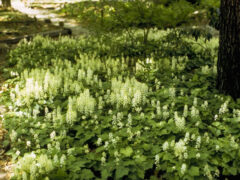
Tiarella cordifolia
Native, mounding ground cover with foamy white flower stalks in early spring. Mature plants send … Continued
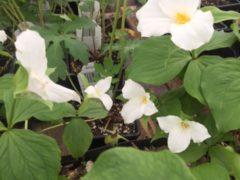
Trillium grandiflorum
Trillium grandiflorum sports exquisite white blooms up to 5” across in mid-spring that fade to … Continued
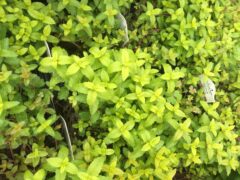
Veronica prostrata ‘Sunshine’
Veronicas produce some of the clearest true blues available in perennials. This easy-to-grow prostrate cultivar … Continued
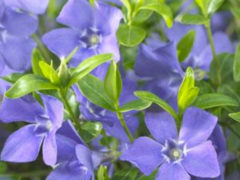
Vinca minor/Vinca major
One of the most popular and widely used ground covers with evergreen leaves and lavender … Continued
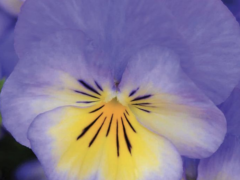
Viola 'Halo Sky Blue'
These hardy, heat tolerant and long-lasting perennials have big sky blue, pansy-like blooms with bright … Continued
Carex albicans
Sometimes called oak sedge, this clumping sedge grows to 15-20″ tall. It is native to … Continued